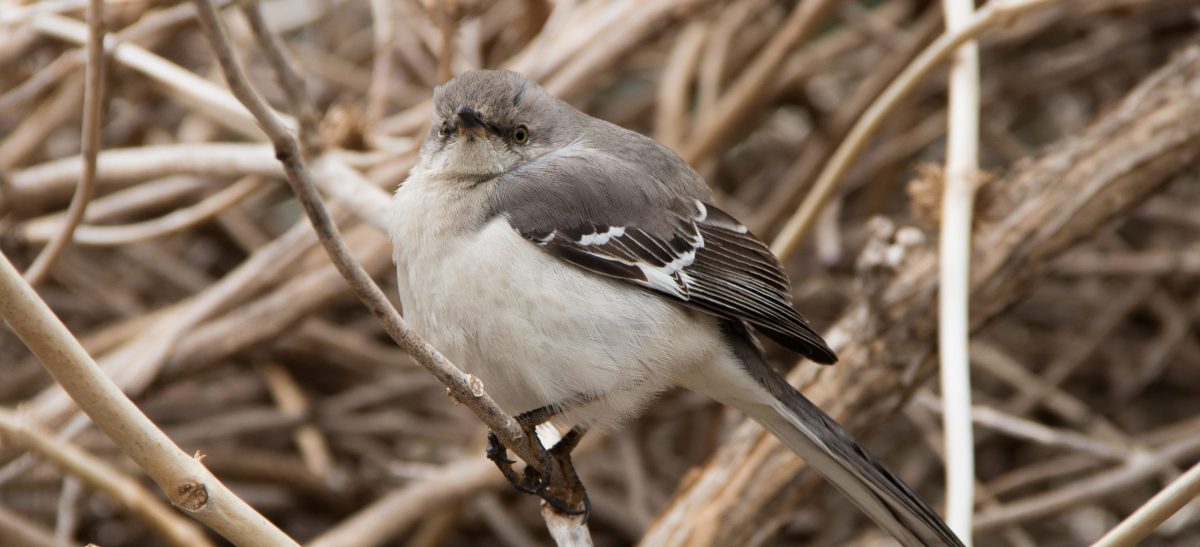Following the completion of the WEC, the surrounding sidewalks have become host to an increasing number of bird carcasses. This likely is due to the reflective windows which are known to be major tormentors to passing birds as they cannot tell that there is a solid barrier.
Dr. Maria Stanko, a biology professor at NJIT, first heard about this issue through accounts from her students. Typically, she does not walk past the WEC, however, on the one occasion that she did, she found a dead Woodcock on Warren street. “It was pretty obviously a window strike. The bird had a broken neck and was right under the building,” Stanko recalled.
According to the American Bird Conservancy (ABC), up to one billion birds die in the US each year from hitting windows and other built structures. While this is best avoided by building less reflective buildings to begin with, there are some post-construction solutions that can be implemented. Some examples of these include applying window tape, nets, or window films. The tape can be applied in vertical stripes to indicate a barrier, the nets can reduce impact force if a bird flies into them, and the films are the most elegant approach to blurring the windows while still letting light in.
The WEC resembles the type of building that typically results in frequent window strikes. Its predominantly glass surface is reflective and often lit at night, which is distracting to birds. Dr. Stanko suggests applying tape or banners to the windows, “anything that would indicate that there is in fact a barrier. It doesn’t have to look disruptive, adding NJIT banners could be a fairly simple solution.”
Dr. Stanko accepts that the recent increase in dead birds has helped her to build her “As a biologist I tend to collect things that are in good condition,” Stanko said “If I get enough birds – not that I’m hoping for more birds to hit the window – I might have a workshop on how to preserve the specimens.” The birds are kept in a freezer in a biology lab. Dr. Stanko is open to donations.
On the other hand, the dead birds give insight on the ecology of Newark that would have otherwise been difficult to obtain. Stanko noted that Woodcocks are “not that easy to see in the wild,” and since this is her second collected Woodcock, it “actually highlights that we have some urban diversity here in Newark!”
It is unclear how big of a problem the dropping birds are, since the observed birds have not been counted. It is also true that birds will hit buildings regardless of deflective strategies; built structures are inherently aviary obstructions. Also, relative to other bird death statistics, like the fact that cats kill between 1.4 and 3.7 billion birds annually in the US, window strikes may not be the most pressing of issues.



























